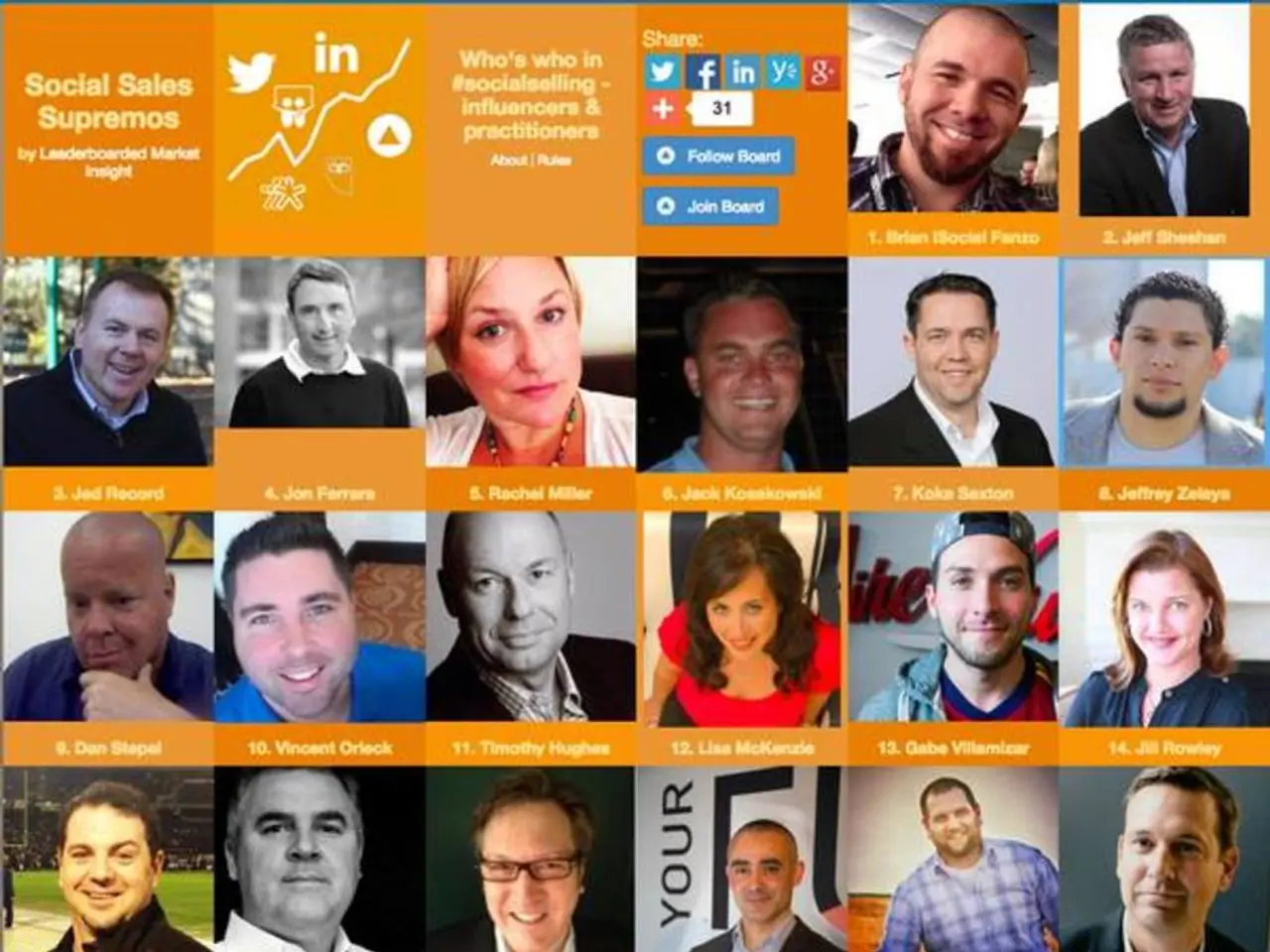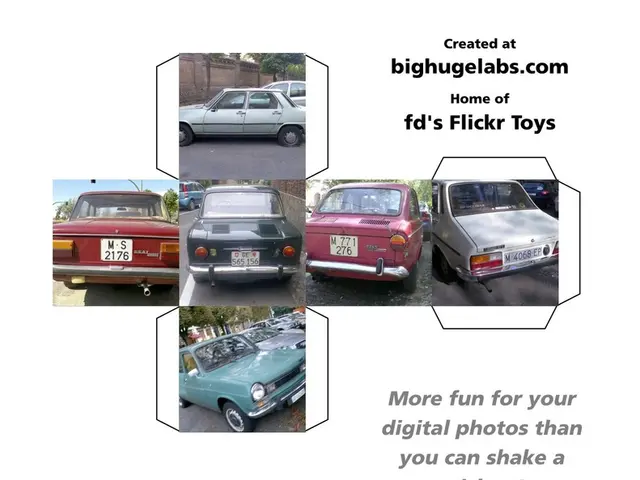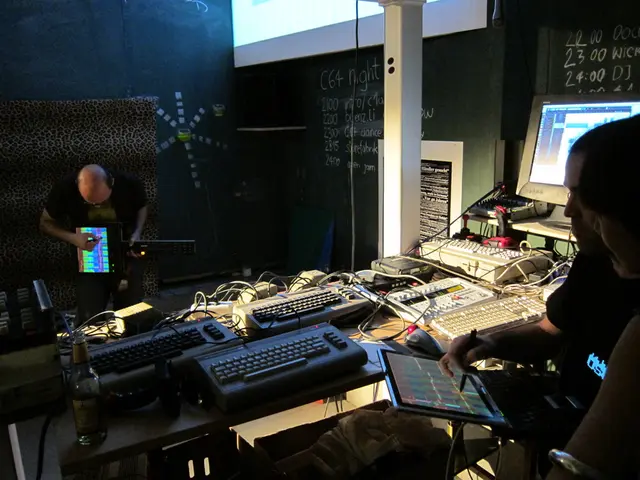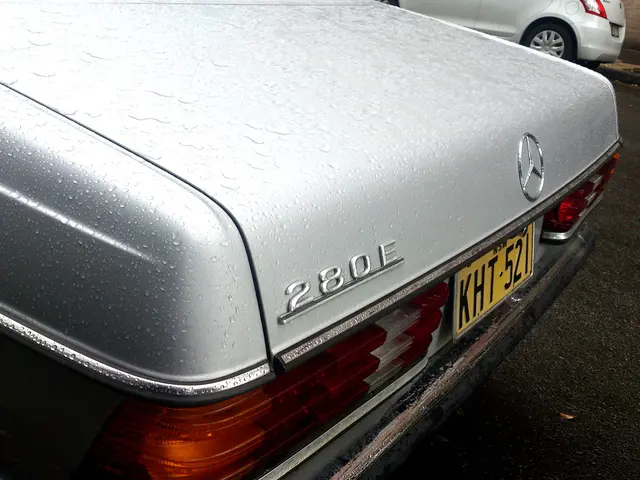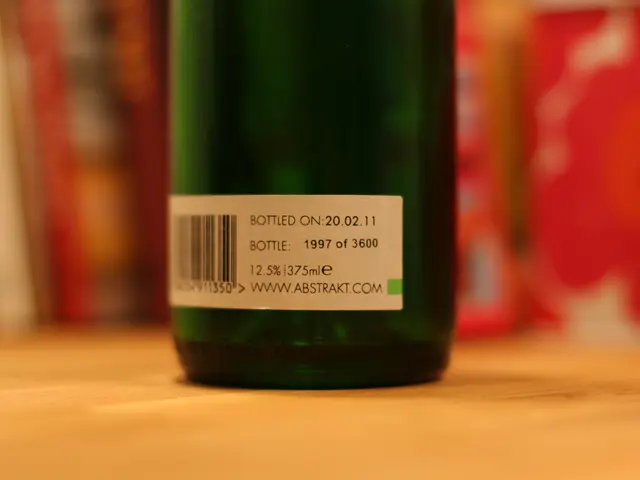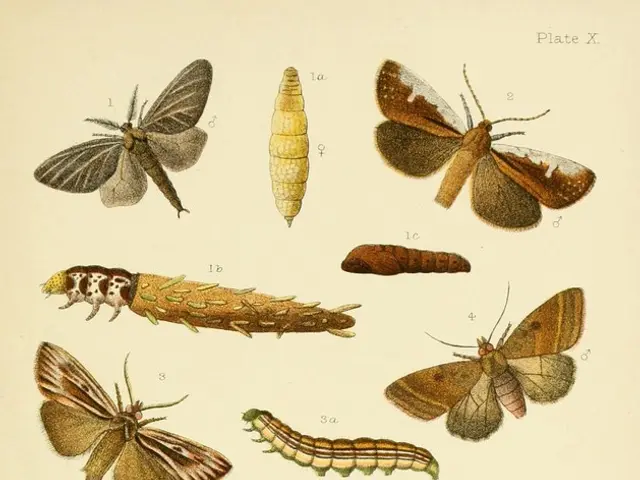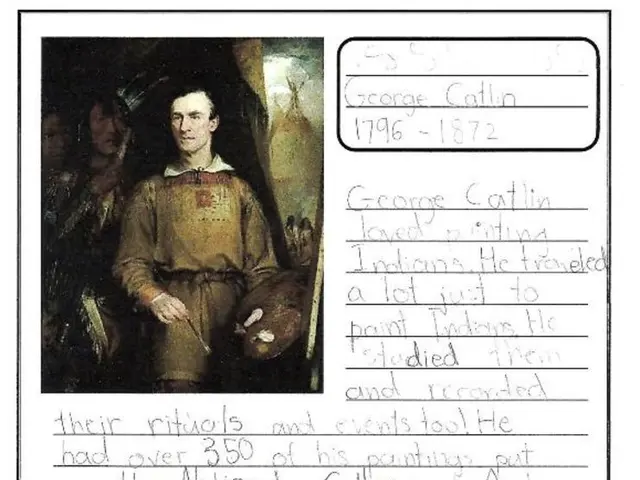Top-Notch Android Libraries for 2022
In the dynamic world of app development, Android continues to lead the way with a plethora of innovative libraries that streamline and optimize the development process. Here are some of the most noteworthy libraries currently making waves in the Android community.
Firstly, Activity Recognition API offers a unique feature that allows users to recognise their present activity, such as walking, driving, or standing still. This can open up a world of possibilities for developing context-aware applications.
For those seeking to enhance the visual appeal of their Android applications, there are several libraries available. MyLittleCanvas is an Android library used to achieve custom underlines on TextViews, apply TextShapes, LineShapes, and more with canvas methods.
AnimatedPieView is another Android library that shines when it comes to displaying pie charts and ring graphs. Offering benefits like alpha animation on touch, fitting text field position during animation, and the ability to transition between a pie diagram and a ring chart, this library is a powerful tool for data visualisation.
Holo Graph library is another graphic library that provides LineGraph, BarGraph, PieGraph, and MultiSeriesDonutGraph views, making it easy to add impeccably designed graphs and charts into Android applications.
When it comes to debugging, Stetho stands out as a comprehensive debugging library for Android applications. It offers features like Network inspection, Database inspection, JavaScript Console, and access to Chrome Developer Tools features, making it an invaluable tool for developers.
ButterKnife is a view binding library for Android that reduces boilerplate code when assigning views to variables. This can significantly speed up the development process.
EventBus is a library that simplifies communication between parts, decoupling event senders and collectors in Android apps. This makes it easier to manage complex applications with multiple components.
Retrofit is a type-safe REST client for Android and Java that intelligently maps an API into a client interface with the help of annotations. This makes it easier to work with APIs, reducing the amount of boilerplate code.
Dagger 2 is an Android library for Dependency Injection. It relies on using Java annotation processors to estimate and analyse dependencies, making it a powerful tool for managing dependencies in large applications.
Android libraries provide developers with basic pre-written codes and other important elements that can be used instantly rather than performing these tasks from scratch. This can significantly speed up the development process.
Picasso is an Android image library maintained by Square, which allows for hassle-free image loading in the application.
Hyperlog-Android is a standard Android Log class for storing logs in an Android database library and pushing them to a distant server for debugging. It provides end-to-end visibility and helps debug issues.
Gravity View is an Android UI library used for image tilting using sensors. Its goal is to utilise the motion sensors of Android devices, allowing users to perform certain functions by rotating their device.
Object Box is an Android databinding library used for storing and retrieving data, acting as an object-oriented embedded database. It is particularly suitable for IoT (Internet of Things) apps due to its well-defined documentation and portfolio.
Android Databinding is an in-built view-binding library in the Android Support Library that allows binding UI components in layouts to data sources in the app with a declarative format, without the use of annotations.
Glide is another praised image loader and one of the best new Android libraries for developers, managed by Bumptech.
Lastly, MPAndroidChart is an Android chart/graph view library that supports radar, line, bar, bubble, pie, candlestick charts, along with scaling, animations, and dragging. Its iOS counterpart is called Charts.
These libraries are transforming the Android development landscape, offering solutions for everything from debugging and image loading to data binding and charting. Whether you're a seasoned developer or just starting out, these libraries are worth exploring to help streamline and optimise your Android app development process.
